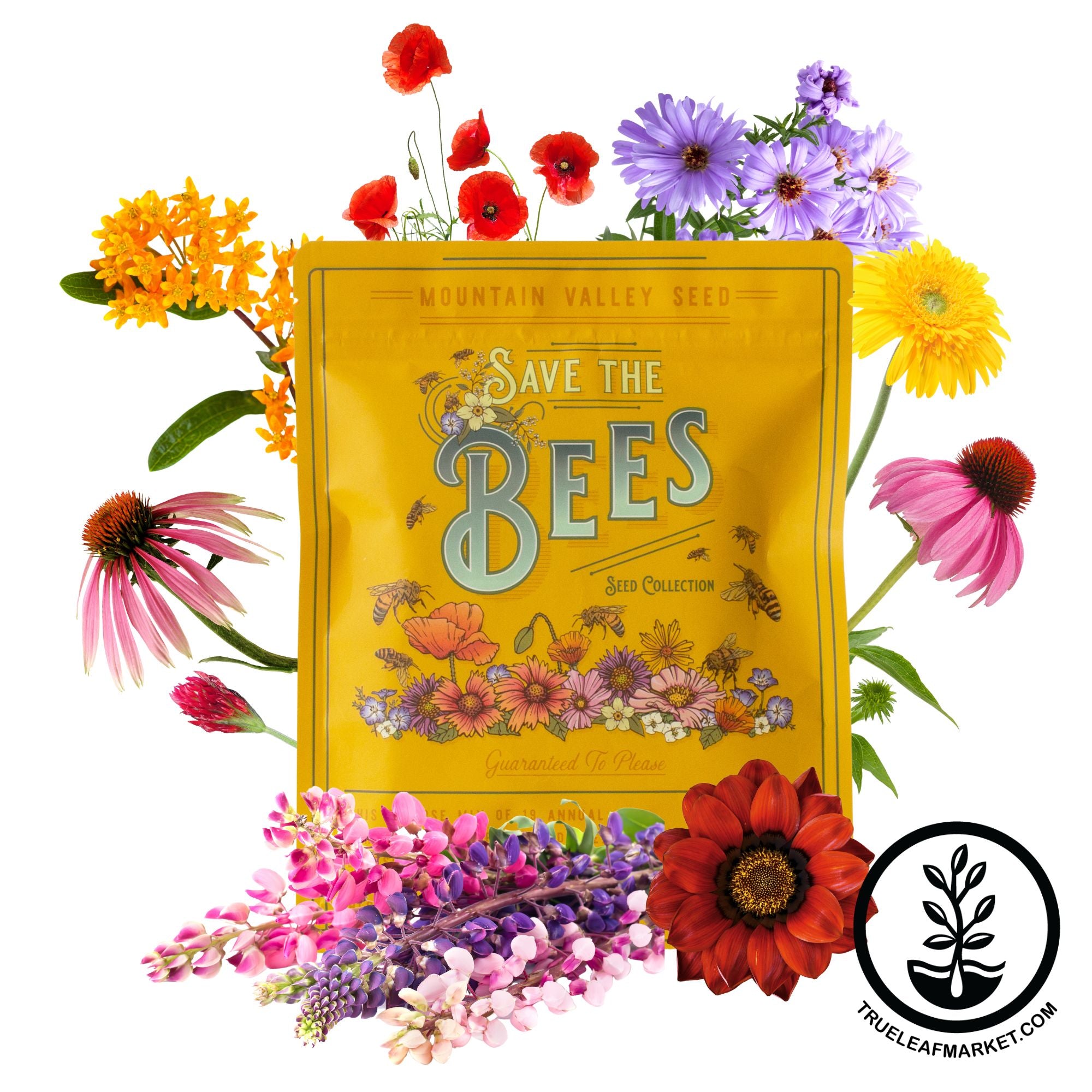
Ashleigh Smith

Urban Meadow Gardens are all about bringing vegetation back into city spaces. While some people really enjoy the feeling of being in a big city with tall buildings, busy streets, and sidewalks for miles, they still crave the feeling of being in a green space. In fact, several studies have found that people experience better health when they have access to green spaces. That can be anything from a public park, home garden, or even tree-lined streets.
Simply having some natural vegetation to break up the man-made materials around us is enough to affect our mental and physical health. Bringing these natural spaces back into urban settings can also help to improve localized temperatures and air quality. Cities are notoriously known for their poor air quality. Adding plants along streets, rooftops, balconies, and courtyards is a great way to enable natural air purification via plant activity.
One of the easiest ways to add some plants to the warm cityscape is by using plants that are naturally heat tolerant, such as meadow flowers and grasses. These not only add a touch of natural greenery, they come with a few blossoms too! While meadows traditionally occur in large open spaces, they can be made with some alterations for urban settings.
Steps to Create An Urban Meadow Garden
Locate Your Growing Space
This doesn’t have to be anything fancy. Start as small as a few pots or a raised bed. If you have more room, all the better. Don’t forget to make good use of any rooftop space you have access to. Many plants love full sun and can help take the scorching heat off of these fully exposed sites.
Select Your Seeds
As mentioned before, meadows are usually made up of native grasses and wildflowers. These will be great for attracting pollinators like bees, butterflies, and birds. Some of the most common meadow flowers include coneflowers, bachelors buttons, poppies, butterfly weed, yarrow, aster, clover, columbine, daisies, etc. To get a true meadow look, consider planting several varieties or using a mix.
Planting
Wildflowers are some of the easiest to grow because they are genetically designed to handle the harsh conditions of open fields or mountainsides. Simply follow our wildflower growing instructions. Be sure to maintain a regular watering schedule until they are established. Once their roots are established, wildflowers are generally very drought-tolerant. Get started as soon as this coming fall season. Wildflowers are great for fall plantings that will come up in the spring.
About the Author

I'm Ashleigh Smith, a native to Northern Utah. I first gained a love of gardening with my grandmother as I helped her each summer. I decided to make a career of it and have recently graduated with a Bachelor's degree in Horticulture from Brigham Young University - Idaho. My studies have focused on plant production while I also have experience in Nursery & Garden Center Operations.
Our Recommended Picks
Leave a comment
Your email address will not be published. Required fields are marked *
0 Comments
No Comments yet! Be the first to start a conversation
Further Reading

November Gardening Guide: 5 Tasks to Prepare Your Garden for Winter
Written By Lara Wadsworth November is a key transitional month in the garden. Most zones are gathering in their last rounds of harvests, but the entire garden isn’t quite dormant yet. Even if the frost has arrived in your growing location, there’s stil...

Ashleigh Smith
2025-11-036 min read0
How to Choose the Right Tobacco Seed Variety for Your Garden
Selecting the right tobacco seed variety can make or break your growing season. For experienced gardeners, this choice isn’t just about aesthetics—it’s about matching your growing environment and goals with the perfect plant genetics. Whether you’re gr...

Ashleigh Smith
2025-10-294 min read0
Everything You Need to Know About Tobacco Seeds
Growing tobacco seeds is an art form for seasoned home gardeners. Whether you’re intrigued by the plant’s ornamental qualities, want to harvest for fresh processing, are curious about heirloom varieties, or simply love the challenge of nurturing delica...

Ashleigh Smith
2025-10-297 min read0
Mild Climate Winter Gardening Guide for Zones 9 & 10: What to Plant and When
Coming soon!

Ashleigh Smith
2025-10-171 min read0






